Maintaining proper hygiene is important is very important for your dog. A common aspect of hygiene that is mostly overlooked or is avoided is a nail trim. Many owners are afraid to do this either because of the fear of quicking or because the dog creates a fuss about the procedure.
Trimming nails becomes a drama and involves too much effort. If the dog is active and runs around all day on different surfaces, then cutting nails might not be required at all. This is due to the fact that it naturally wears the nail down. Often a pet in the city has longer toenails as they do not walk enough on hard surfaces. This leads to long and painful nails which cause sore and painful feet. When a dog walks on hard ground, the nail is pushed back towards the nail bed causing a lot of pressure on the toe joints and sometimes might cause a twist in the toe. In both cases, the dog experiences a lot of pain and may even get arthritic. The dog will fuss even on the slightest touch on his paws for trimming nails.
Another problem caused by longer toenails is that the dog relies on the information from the nerves present in their feet for moving around and for processing gravity. Millions of years ago, the wild dogs ran long distances and wore off their nails. They needed the toenails only to climb a hill. Hence their brain is programmed in a way that they associate the toenails contact with hill and hence shift their body posture forward on the forelimbs. They are under a false illusion that they need to climb a hill and form a different posture. The dog stands with his paws close under the body. It’s hard to maintain a position where the muscles get overused and hamper the joints. If this position continues for a longer time, then the dog won’t be able to jump swiftly in cars, climb the stairs or even get up from the floor.
Hence trimming the nails short will cure your dog of all the pain and weakness in the hind limbs. So now we know how important a simple task like cutting nails is crucial for the overall well being of your dog.
Let’s jump to the tools that should be used for this task.
Nail clippers
- There are two kinds of nail clippers: scissor type and guillotine style. There is a danger of crushing the toe in the guillotine clippers so it is recommended to use the scissor-type clippers.
- If you have a giant breed of dogs only then you will need a large clipper. Most other dogs are comfortable with the small clippers for good control.
- Your clippers should always be sharp. Either replace it regularly or sharpen it.
- You can keep a “Pedi-paws” handy as well. It is used to smooth the nail after a trim with a rotating emery board.
- Handle the paws very carefully and be sure to not trim or file the quick.
Contents
Anatomy of the Dog Nail
When you look closely at a toenail, you will see a difference in the color of the nail. The top part will usually be colored; this is the sensitive part while the end portion will be white which is the insensitive part. You need to trim the white portion at an angle that does not include the sensitive part of the nail.
On closely examining the toenail of a dog in a cross-section, it can be seen that the quick is glossy and translucent like the flesh which is why it is too sensitive. The quick grows way longer if the nails are not trimmed at regular intervals.
When the claws are not trimmed, you can see a notch just below the beginning of the quick. You can start trimming the toenail from this point in an angle that does not include the quick. Dogs think of cutting nails as a nightmare which may be an acquired behavior from over-stimulated toes. Once the nails are cut shorter, their pain will dissipate and their fear will eventually lessen over time.
You will also need to be in control of the dog while trimming nails. Begin on the hind limbs as the nails tend to be shorter and not as sensitive as the front. If the dog is moving around too much then it might not be the correct time to trim the nails. Ask for more help from the trainer or a family member to hold him steadily.
Make a very friendly environment while doing this task and turn it into a quality time spent with the dog. Shower lots of love, verbal praises, or even his favorite treats if needed to keep your dog calm. Dogs have a great sense of feeling other’s emotions, so if you are dreading this deed so will the dog. If your dog enjoys a warm bath, then end the session with a bubbly calming bath.
How to Trim Dog Nails That Are Overgrown
Always sit in a well-lit room or outside for trimming the nails. You should be able to see the nail clearly. There are 2 parts in a toenail. The other part is the insensitive nail which mostly appears as chalky. An inner pink part in the nail is called the quick, which has blood flowing in its nerves. While trimming the nail you only need to trim the white dead nail and not the quick. If you accidentally clip the quick be prepared to see a lot of blood around.
Hold the paw gently and with your fingers separate each toe. Do not squeeze or put pressure, it will cause discomfort to the dog. Trim the excess dog hair with a pair of blunt scissors. It can lead to a dull pair of clippers very soon. Place the clipper parallel to the excess nail and don’t cut it across. You can usually see the separation between the insensitive nail and living tissue. Clip only the excess, if you have accidentally quicked your dog and there is bleeding use corn starch on it. Offer a treat to the dog to calm him down and remove any fear of trimming nails in the future.
Trim the nails every 2 weeks to maintain it well. Make this tedious process a fun activity by offering treats and verbal praise to the dog. Regular trimming will lead to thinning of the insensitive nail and will not support the quick. The quick will slowly dry and recede further. After regular trimming you will be able to cut it even shorter.
Once the insensitive nail is thinned out and isn’t supporting the quick, the quick will dry up and recede. This will allow you to cut your dog’s nails even shorter. Each dog’s nails are different, but very long toenails often become dry and cracked, with a clear separation of the living tissue and the insensitive nail. This will make it easier to trim back longer nails.
Shorter toenails are critical to the dog’s wellbeing, so it is important to do it despite how you feel about it.
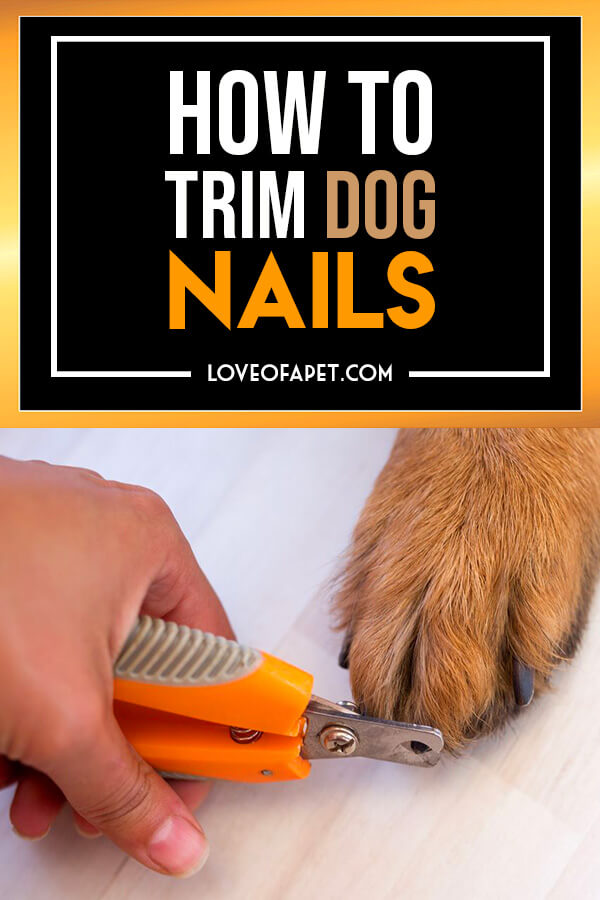
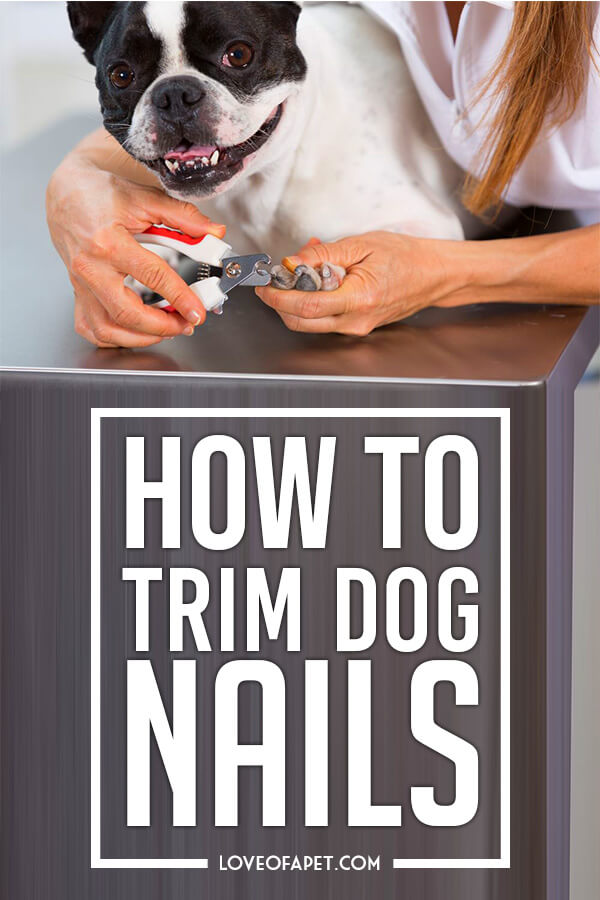

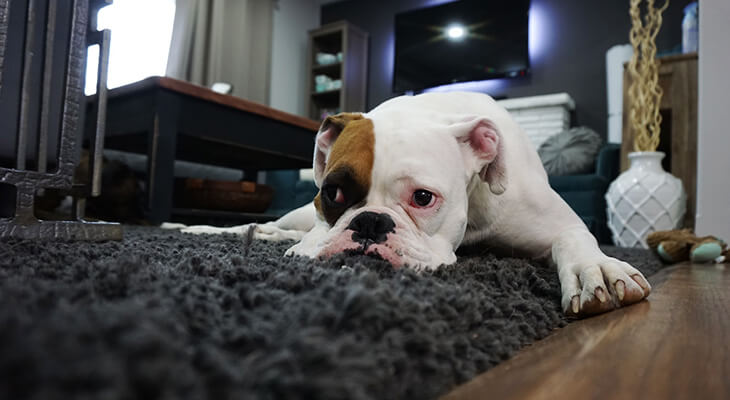
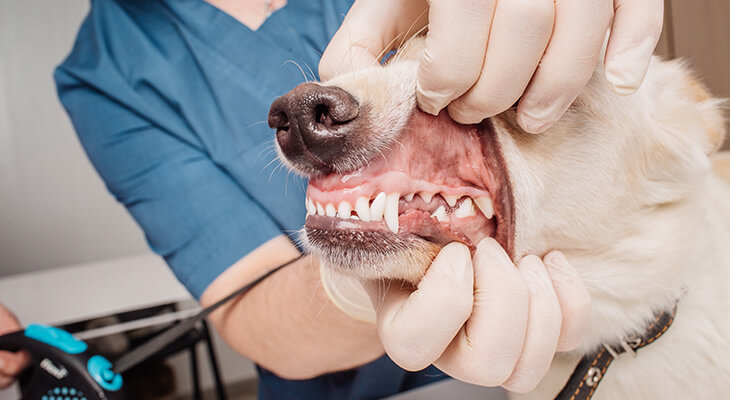

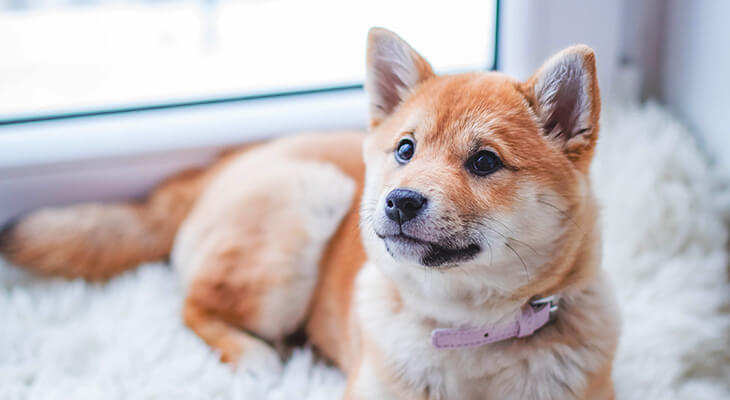
I am totally lost. My daughter just gave me a shizphoo his is stubborn and very playful. Need to stop baiting but his is only about 4months old . Trying to potty train him is hard. I am getting frustrated. But I asked for him and she loved me enough to get him for me.